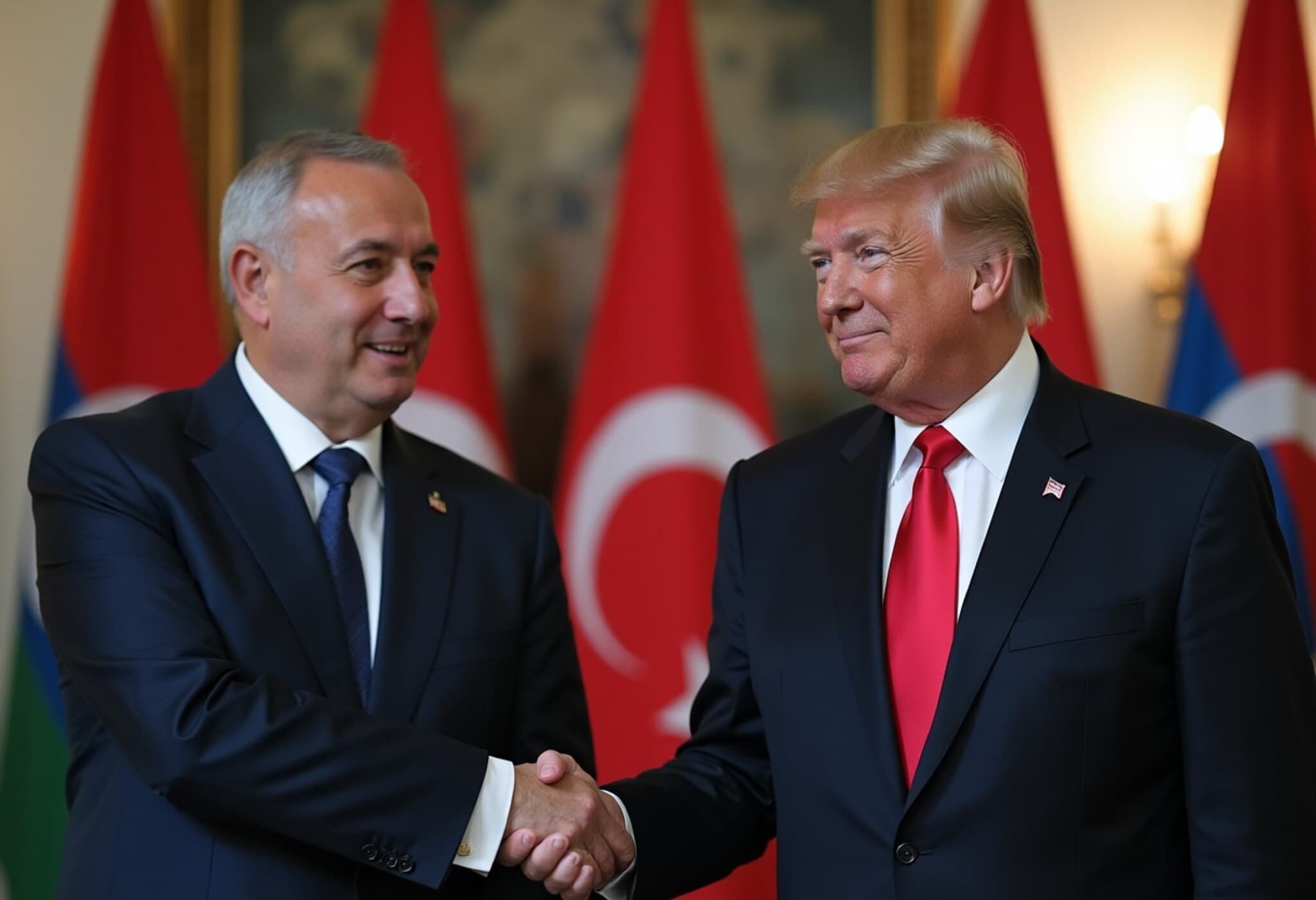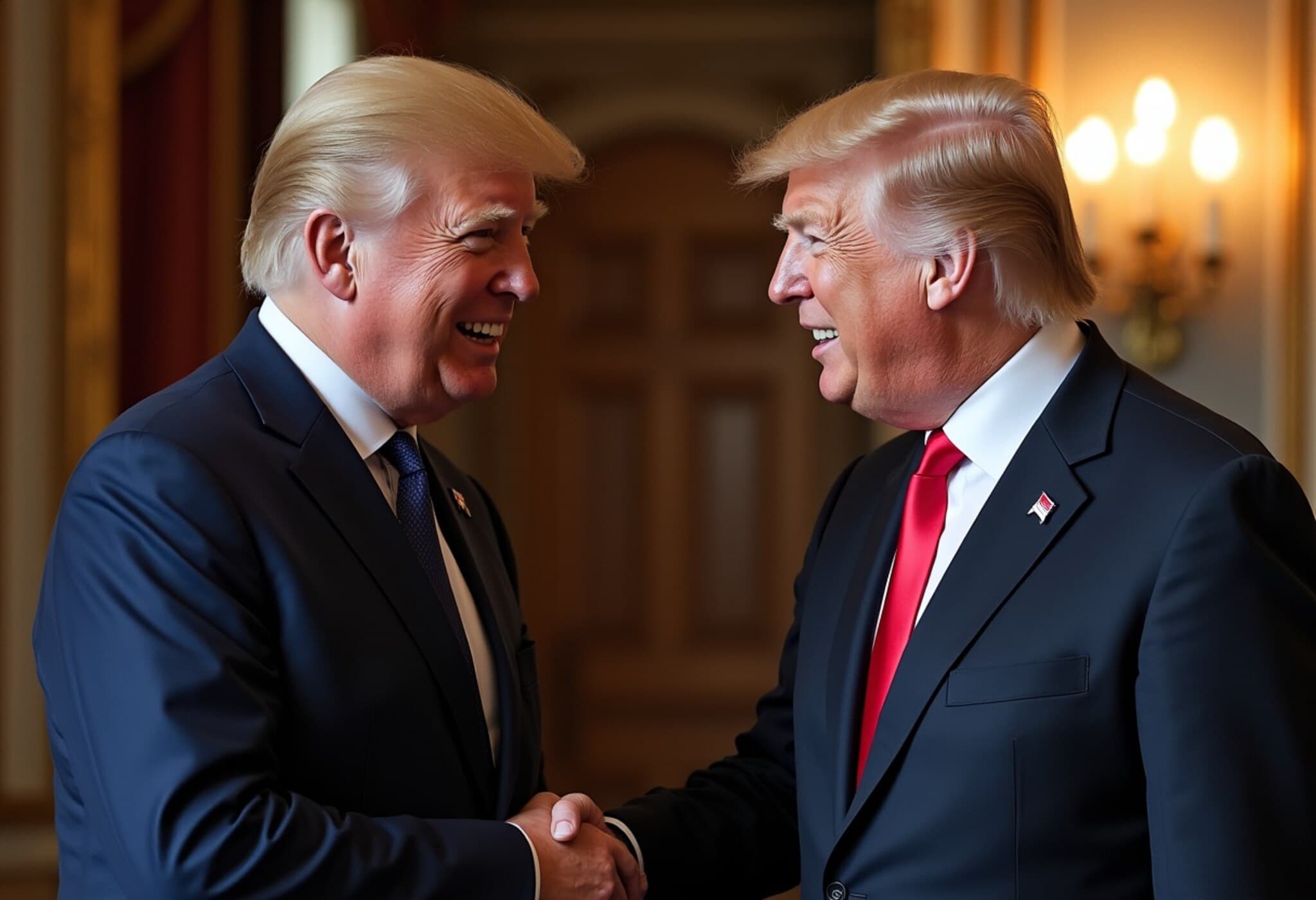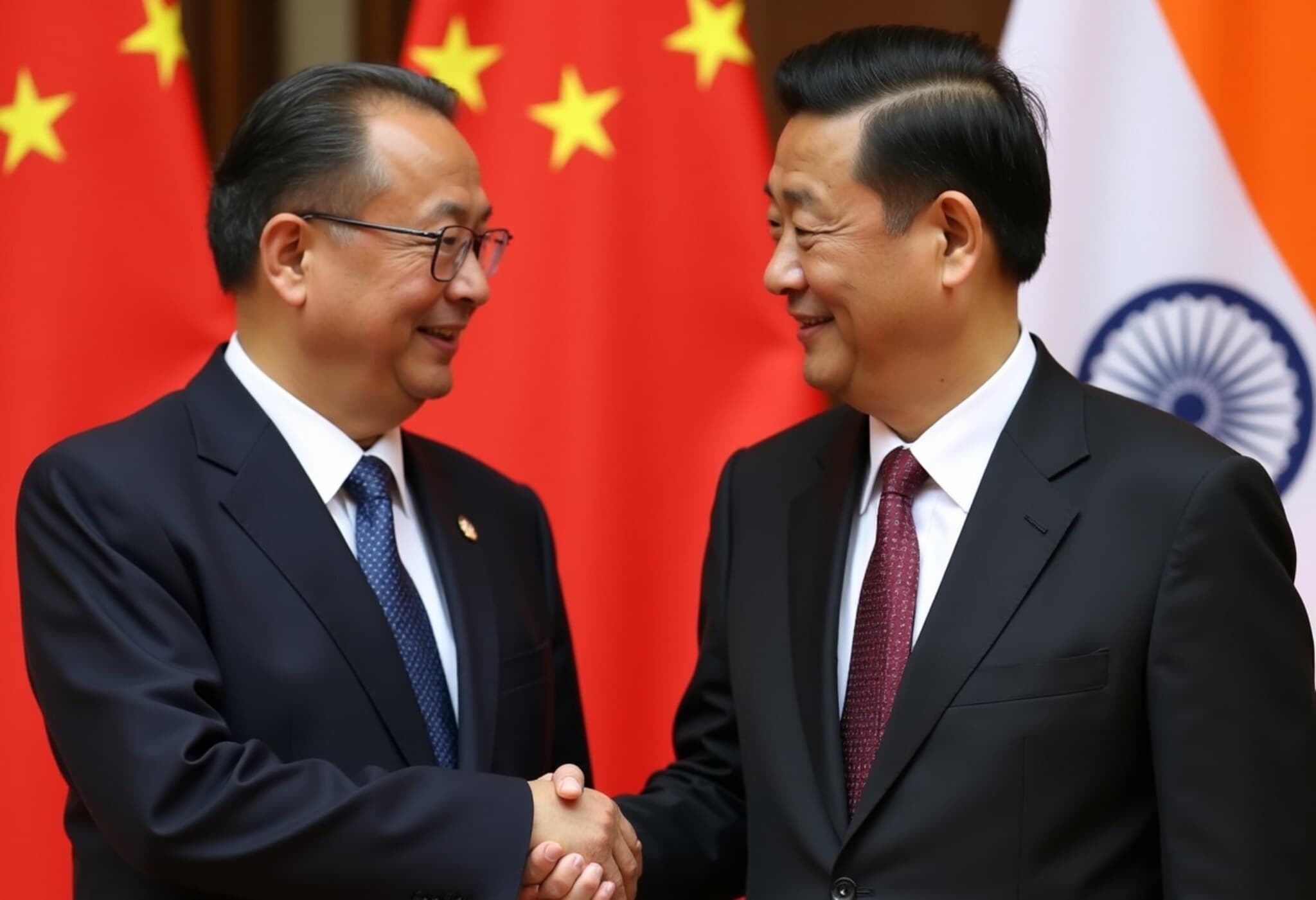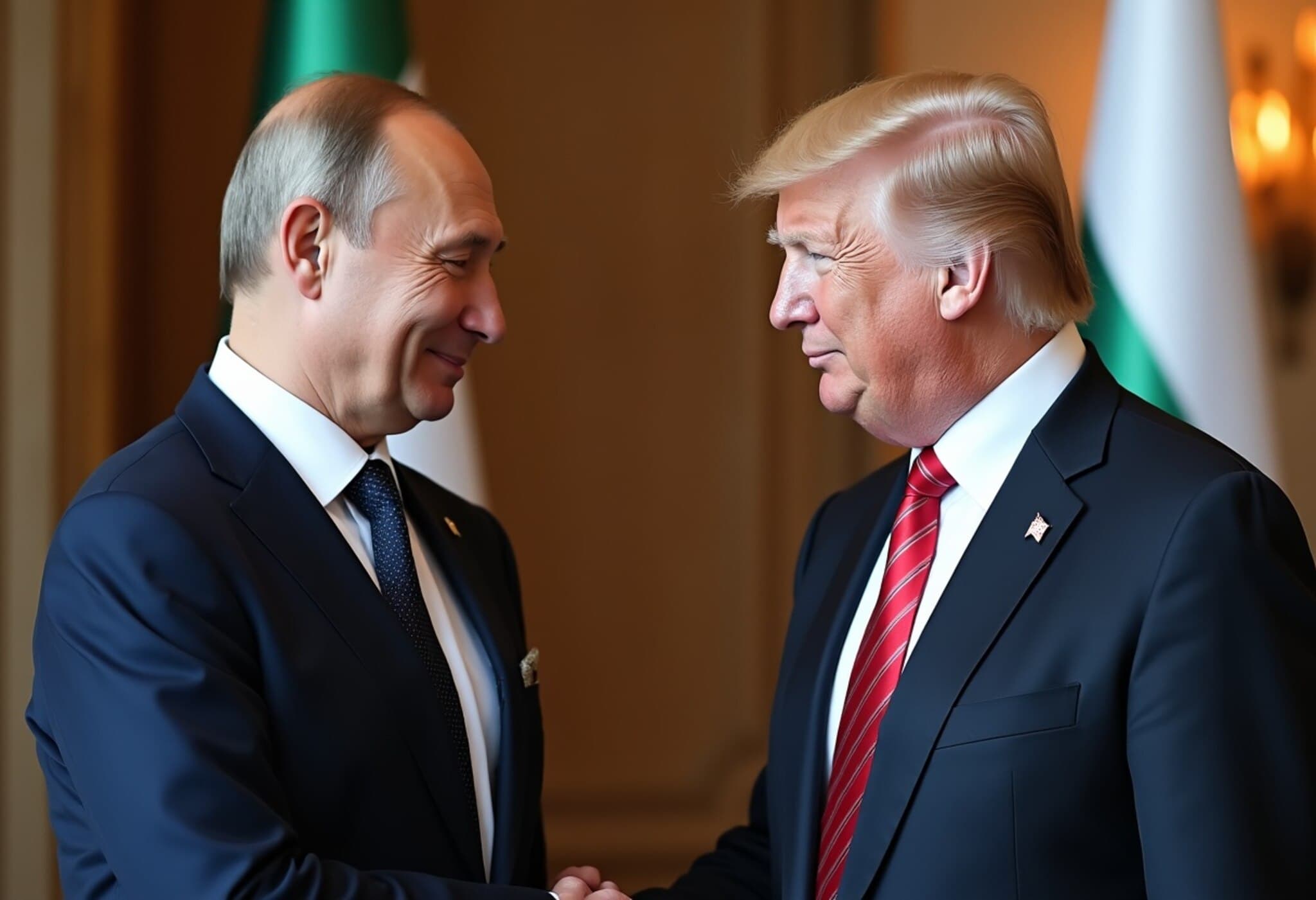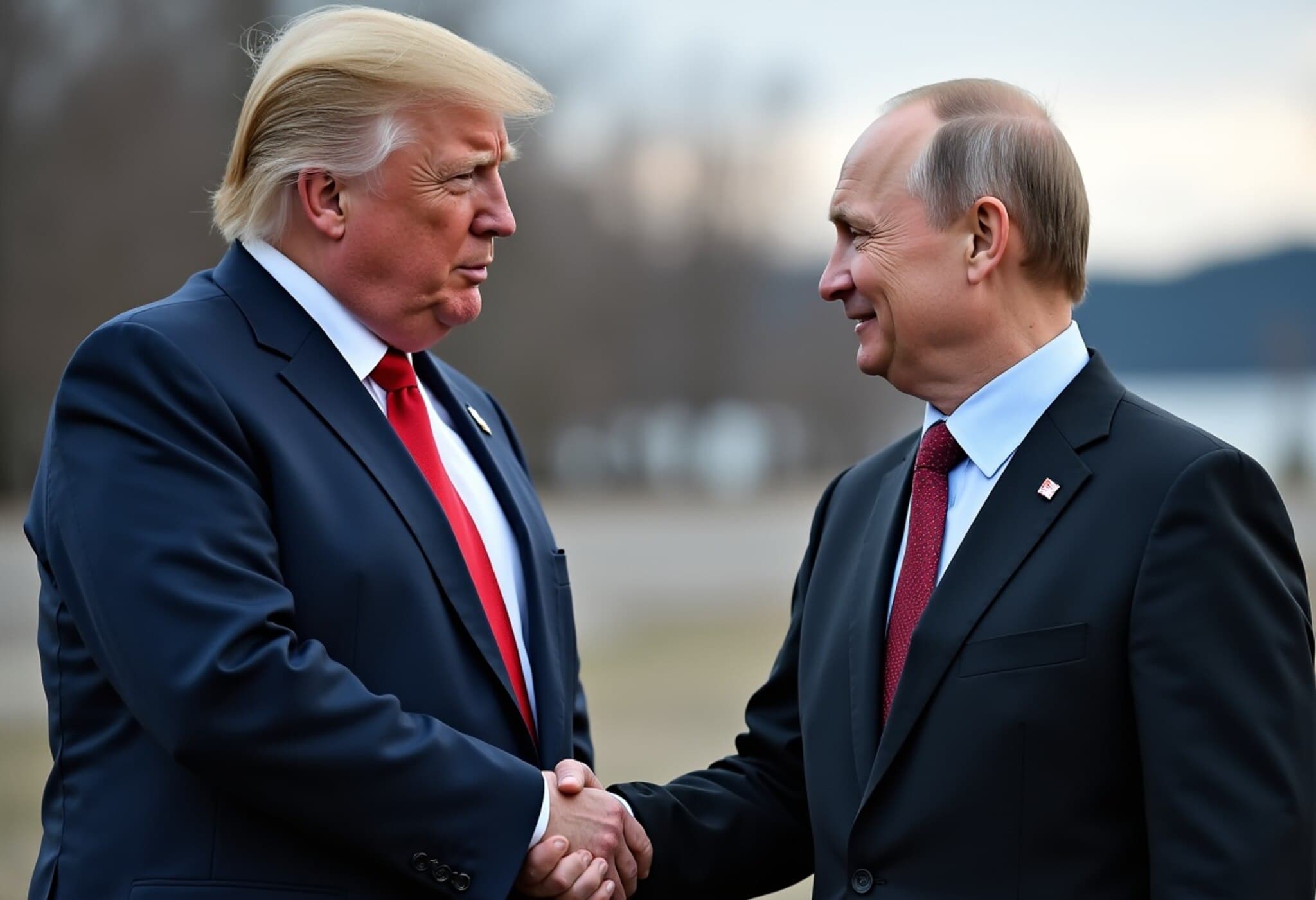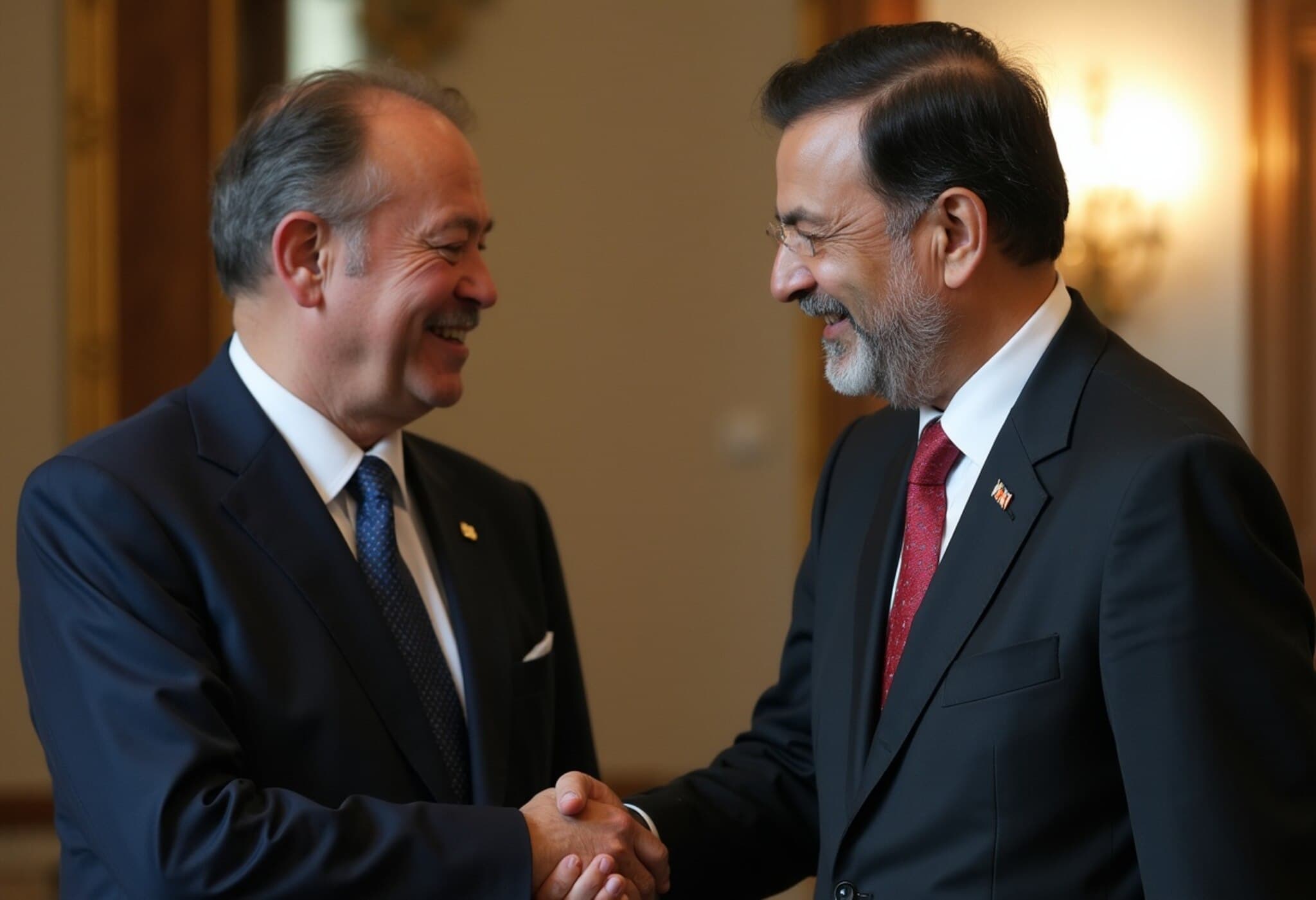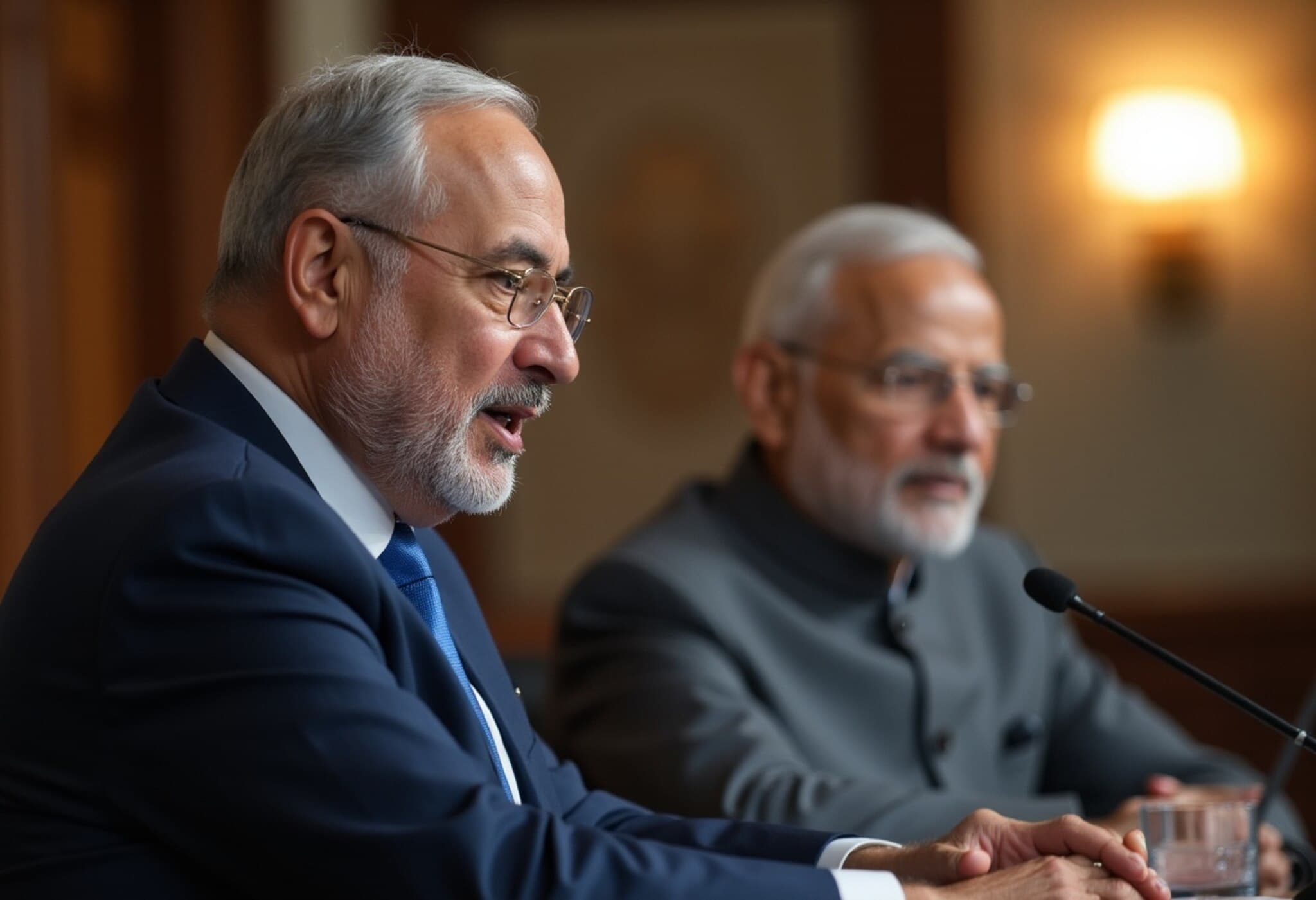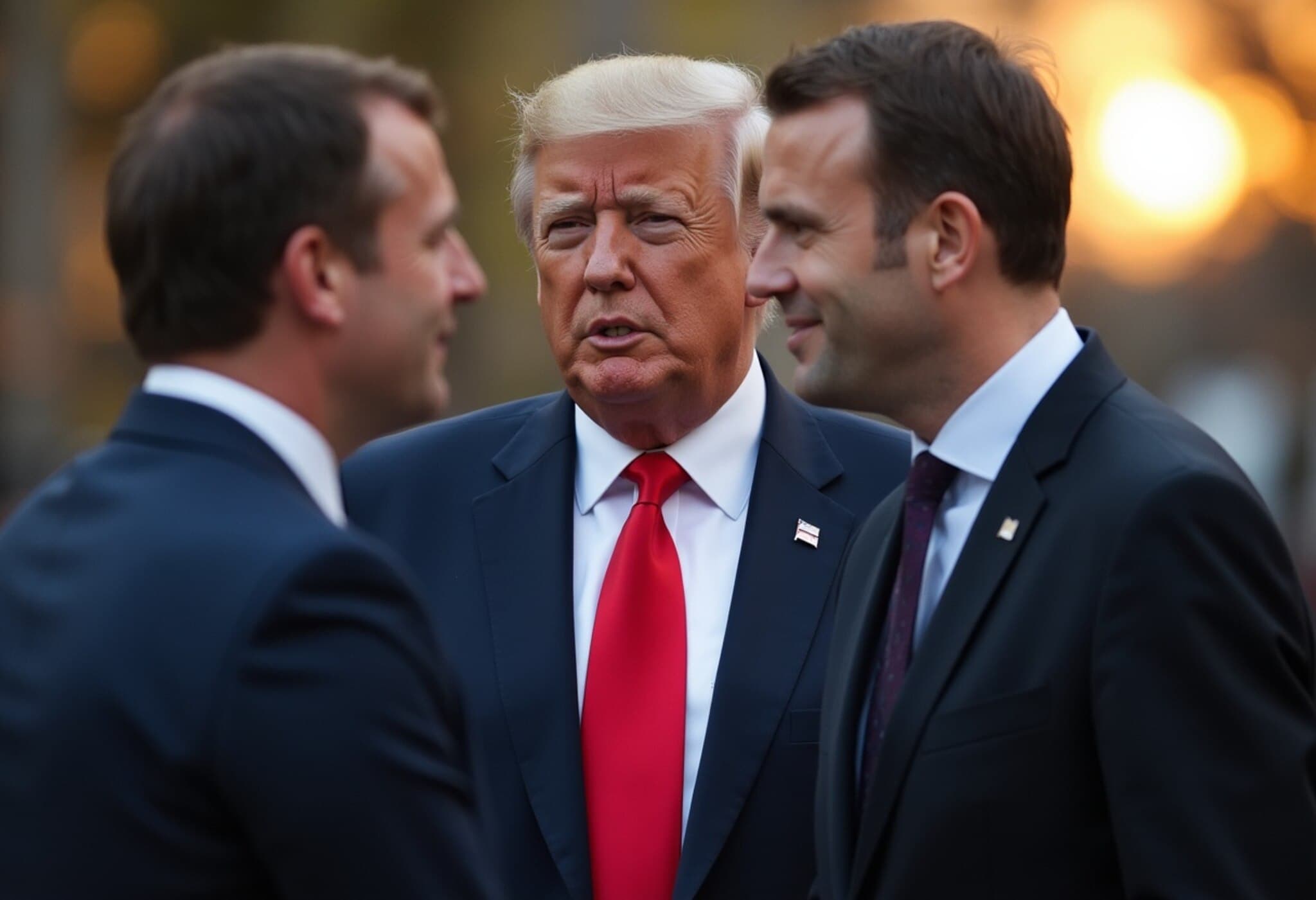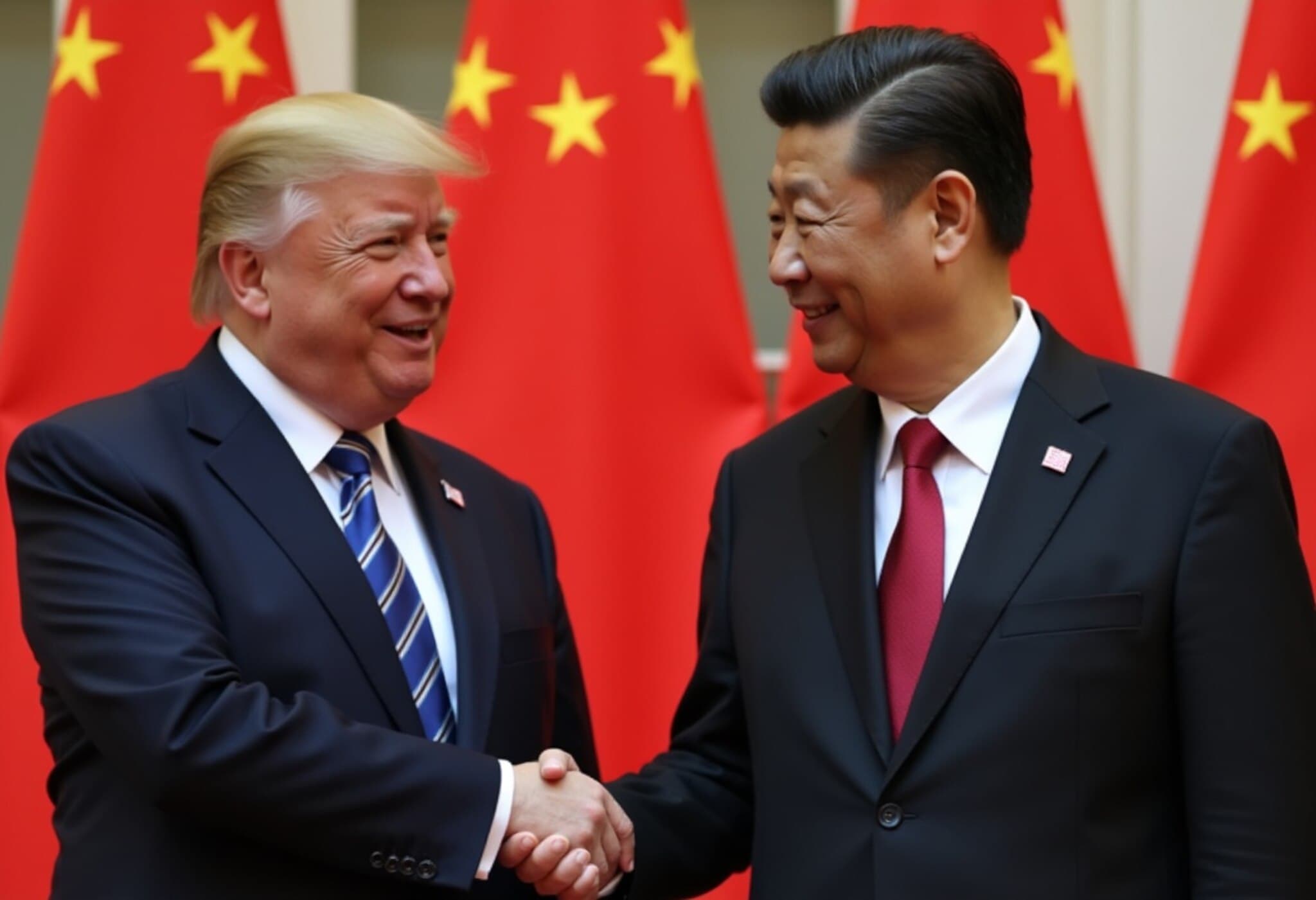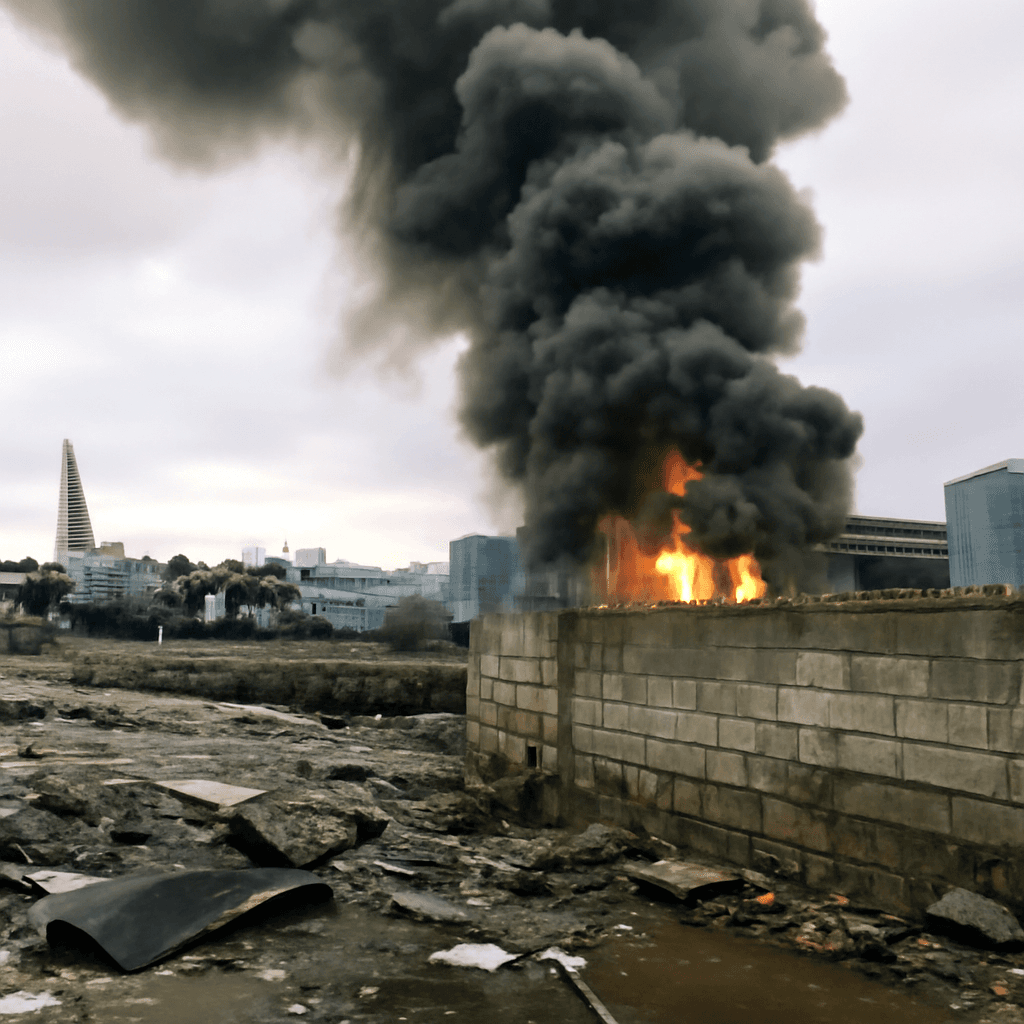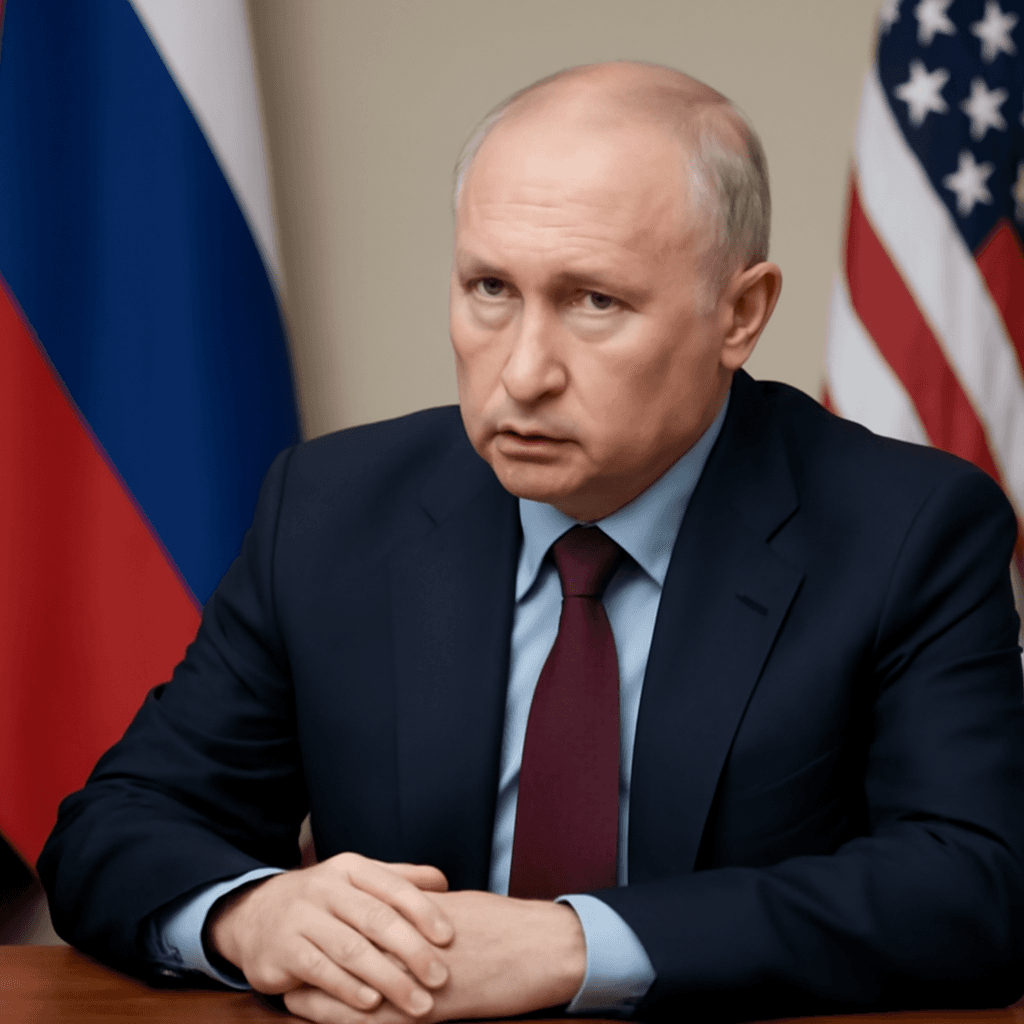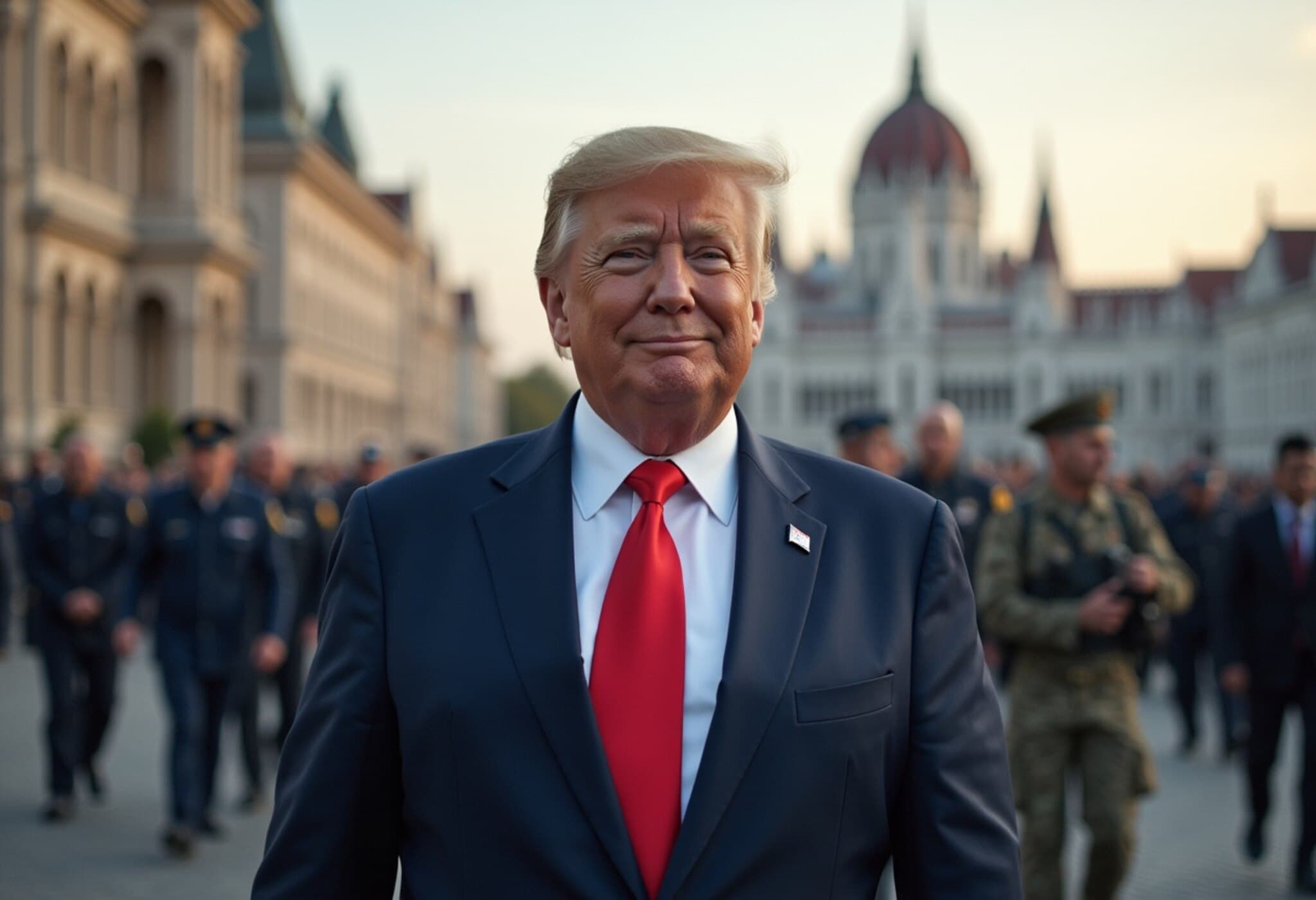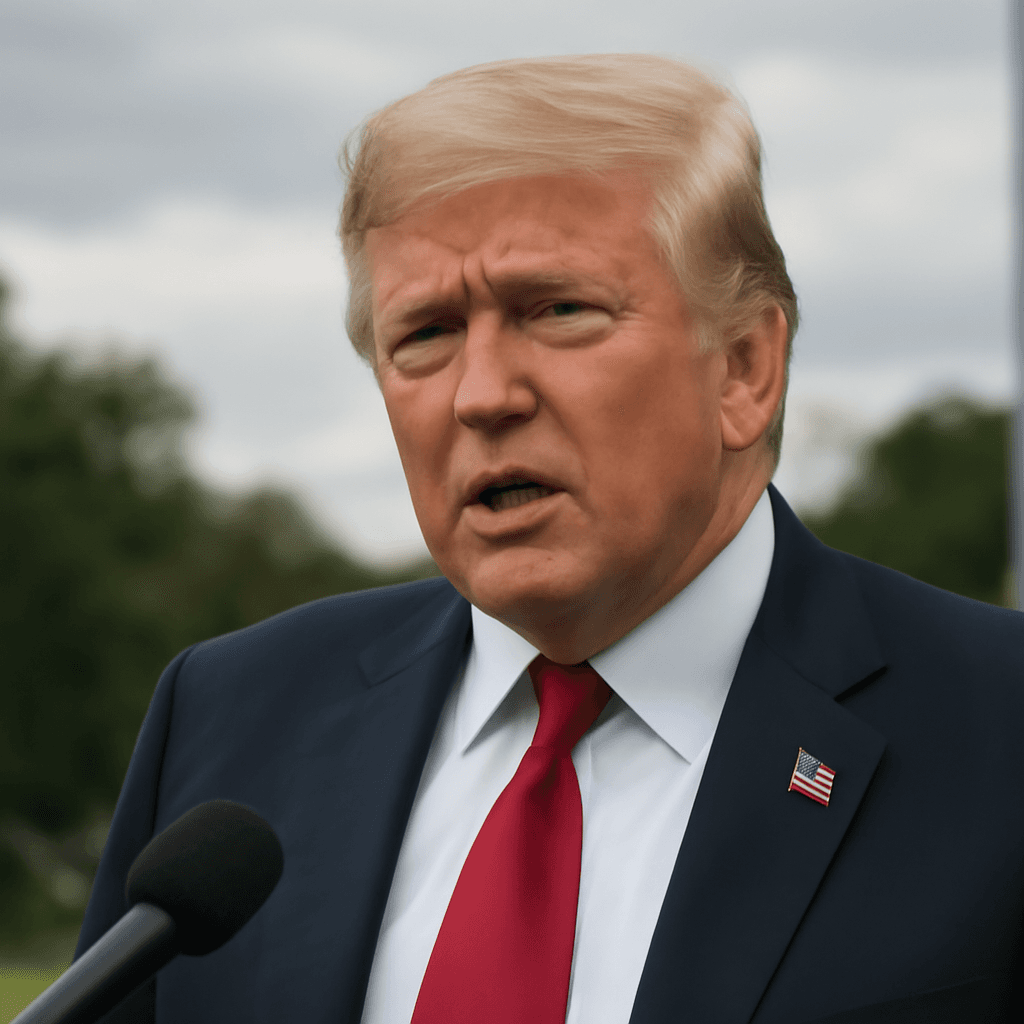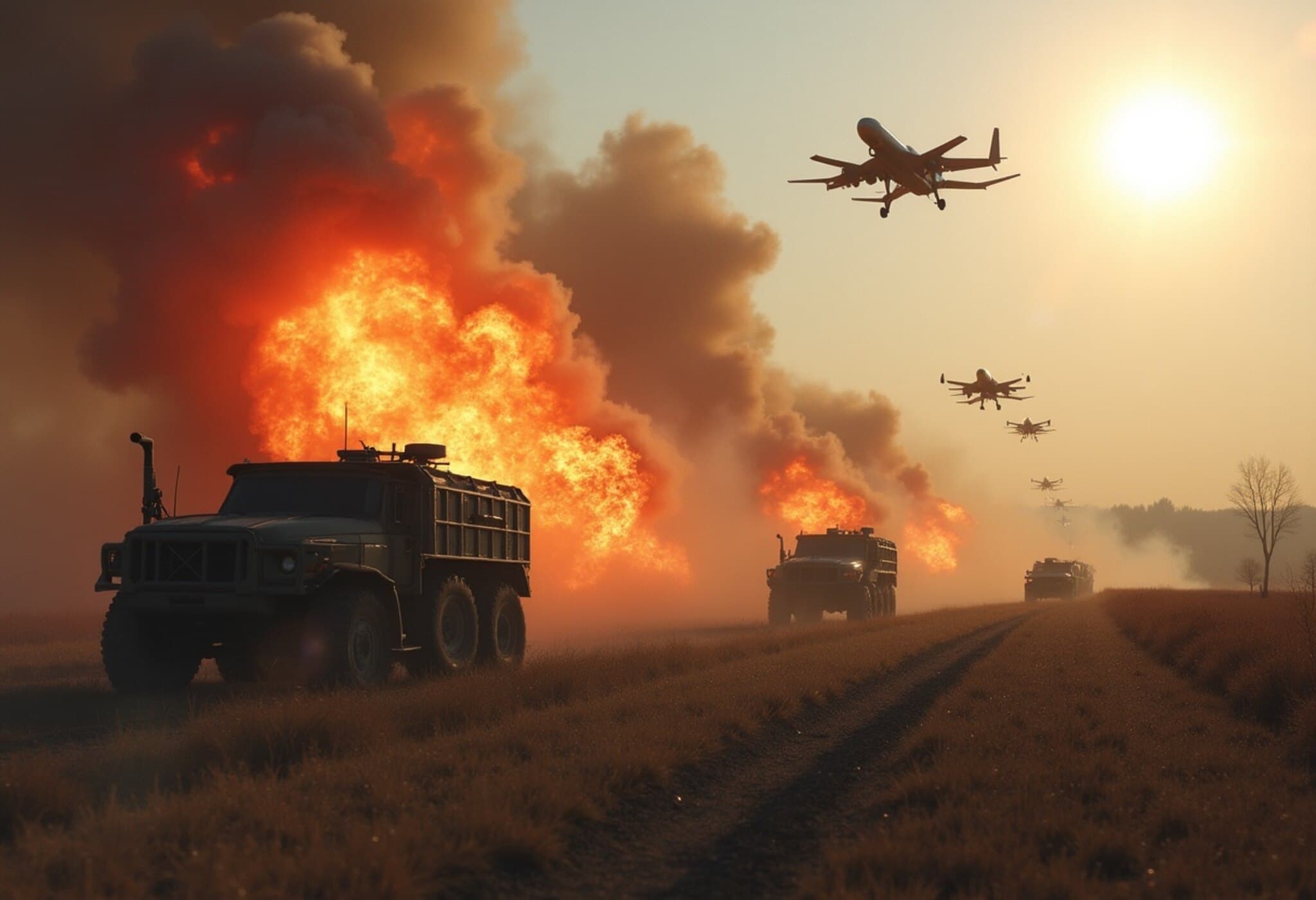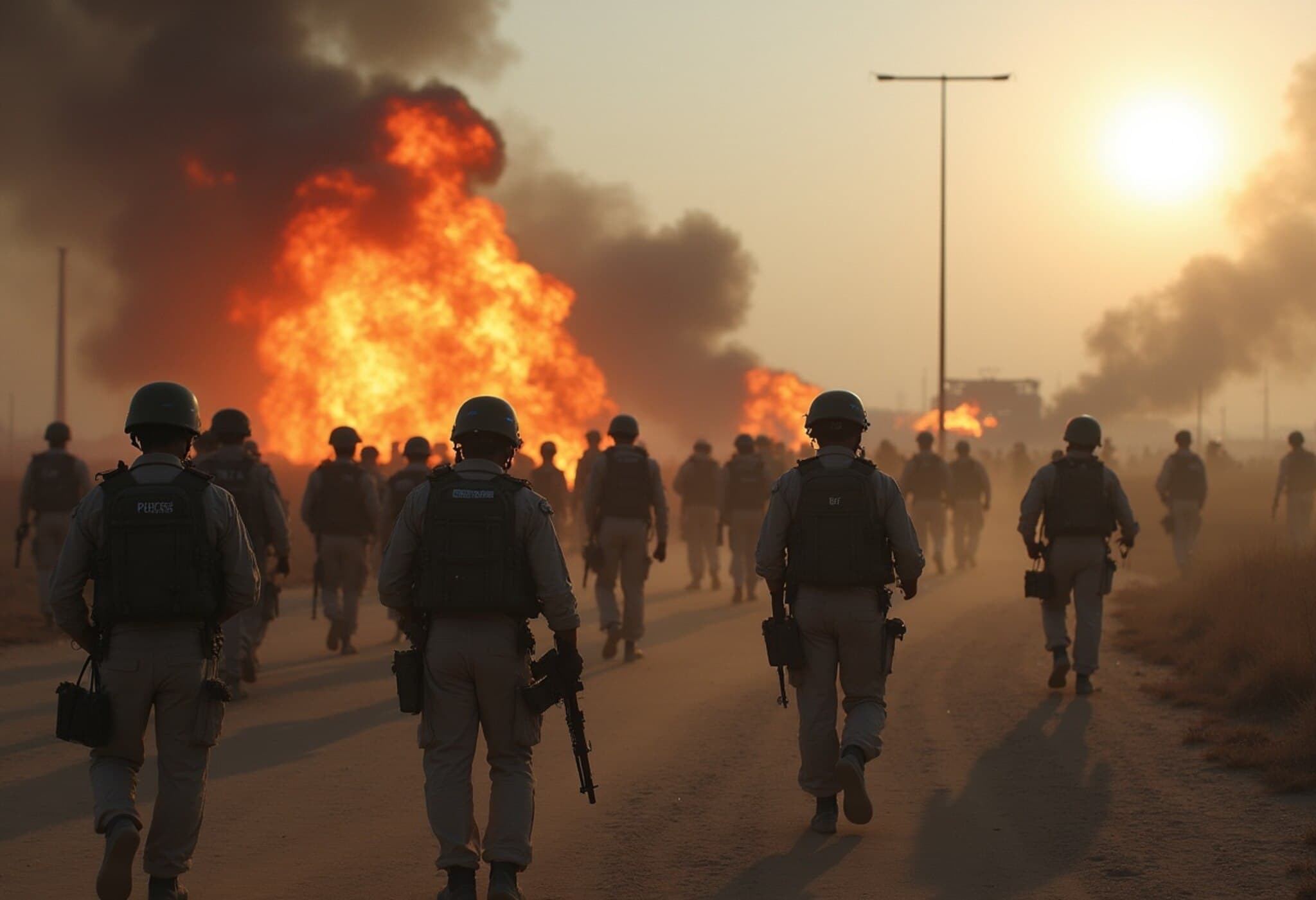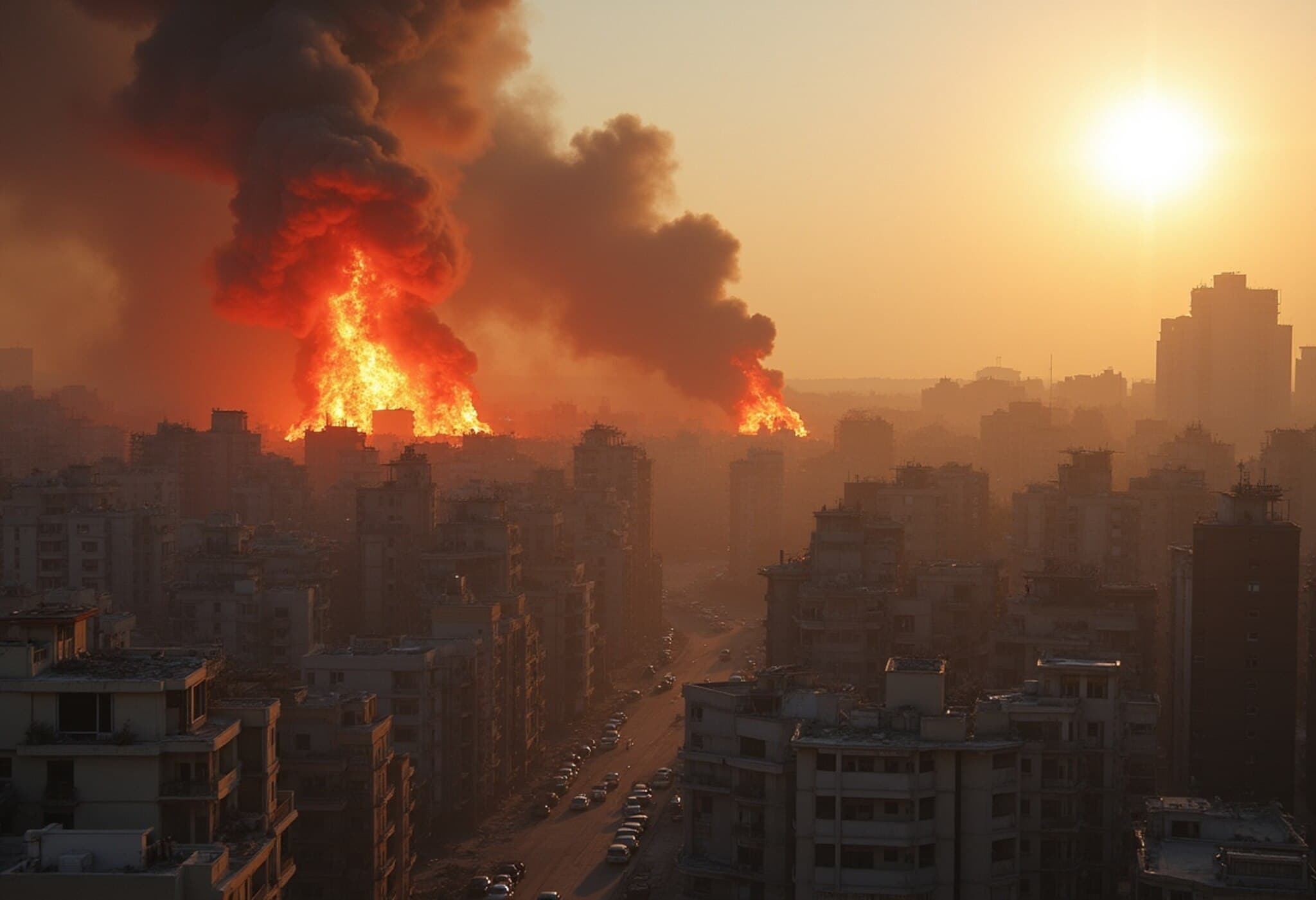US President Donald Trump Takes Center Stage in Nagorno-Karabakh Peace Talks
In a high-stakes diplomatic effort, US President Donald Trump welcomed Armenian Prime Minister Nikol Pashinyan and Azerbaijani President Ilham Aliyev to Washington D.C. on August 8 and 9, 2025, with the hope of brokering a lasting peace agreement between the two nations long locked in conflict over the disputed Nagorno-Karabakh region.
Decades of Conflict in Nagorno-Karabakh: A Complex Backdrop
The Nagorno-Karabakh region, internationally recognized as part of Azerbaijan but inhabited predominantly by ethnic Armenians, has been a flashpoint between the two countries since the late 1980s. The region’s declaration of independence in the 1990s triggered a first war, and despite ceasefires, sporadic clashes continued over the years. The conflict reignited brutally in 2020, lasting 44 days, when Azerbaijan regained control over much of the territory.
More recently, in 2023, Azerbaijan launched a controversial offensive that resulted in the full control of Nagorno-Karabakh, provoking widespread condemnation amid reports of ethnic cleansing against the region's approximately 100,000 ethnic Armenian inhabitants. The humanitarian crisis displaced thousands and deepened tensions in the South Caucasus.
Trump’s Peace Initiative: Ambitions and Challenges
Against this tumultuous backdrop, President Trump’s initiative carries significant political symbolism. Hosting both leaders at the White House not only places the United States back into the spotlight on this regional conflict but also serves Trump’s broader political narrative as a global peacemaker—a mantle he has actively sought in his run-up to the 2024 presidential election.
White House insiders suggest that the meeting could culminate in a formal peace agreement, although experts caution that decades of entrenched grievances and the volatility of regional actors present formidable obstacles to any rapid resolution.
Political and Religious Dimensions
Trump has consistently underscored his commitment to protect persecuted Christian communities worldwide, notably highlighting the plight of ethnic Armenians in Nagorno-Karabakh—mainly Christian—in contrast to the Muslim, Turkic-majority Azerbaijani population. His previous criticisms of Democratic leadership for perceived inaction during violent escalations reflect an attempt to frame his peace efforts in a moral and religious light.
Broader Implications for US Foreign Policy
While this peace endeavor could boost Trump’s international stature, it occurs amid skepticism regarding his track record. Despite bold promises, including a vow to end the war in Ukraine within 24 hours upon taking office, such conflicts continue unresolved. Moreover, the US under his watch became embroiled in fresh tensions in the Middle East, notably with Iran.
Nonetheless, Trump’s administration has previously played mediatory roles in other conflicts, such as brokering agreements between Rwanda and the Democratic Republic of Congo and intervening in territorial disputes between Cambodia and Thailand. Whether these successes and the current talks on Nagorno-Karabakh will solidify his legacy as a peace broker remains a subject of intense debate.
Expert Insight: The Road Ahead
- Diplomatic hurdles: The deep ethnic, historical, and geopolitical layers of the Nagorno-Karabakh issue make swift peace elusive.
- Human rights concerns: Any agreement must address humanitarian issues, including the safe return of displaced people and restoration of cultural rights.
- Regional stability: Peace in the South Caucasus could reshape alliances and energy corridors, impacting European and American strategic interests.
Editor’s Note
President Trump’s hosting of Armenian and Azerbaijani leaders signals a bold attempt to revive American influence in a persistent regional conflict. While the prospect of a signed peace deal is encouraging, it also raises critical questions: Can Washington's involvement lead to sustainable peace, or will this be another fleeting diplomatic gesture? Moreover, how will the international community ensure that the rights and safety of vulnerable populations are prioritized? As this story unfolds, it offers a prism through which to examine the complex intersection of geopolitics, identity, and humanitarianism in today’s world.

